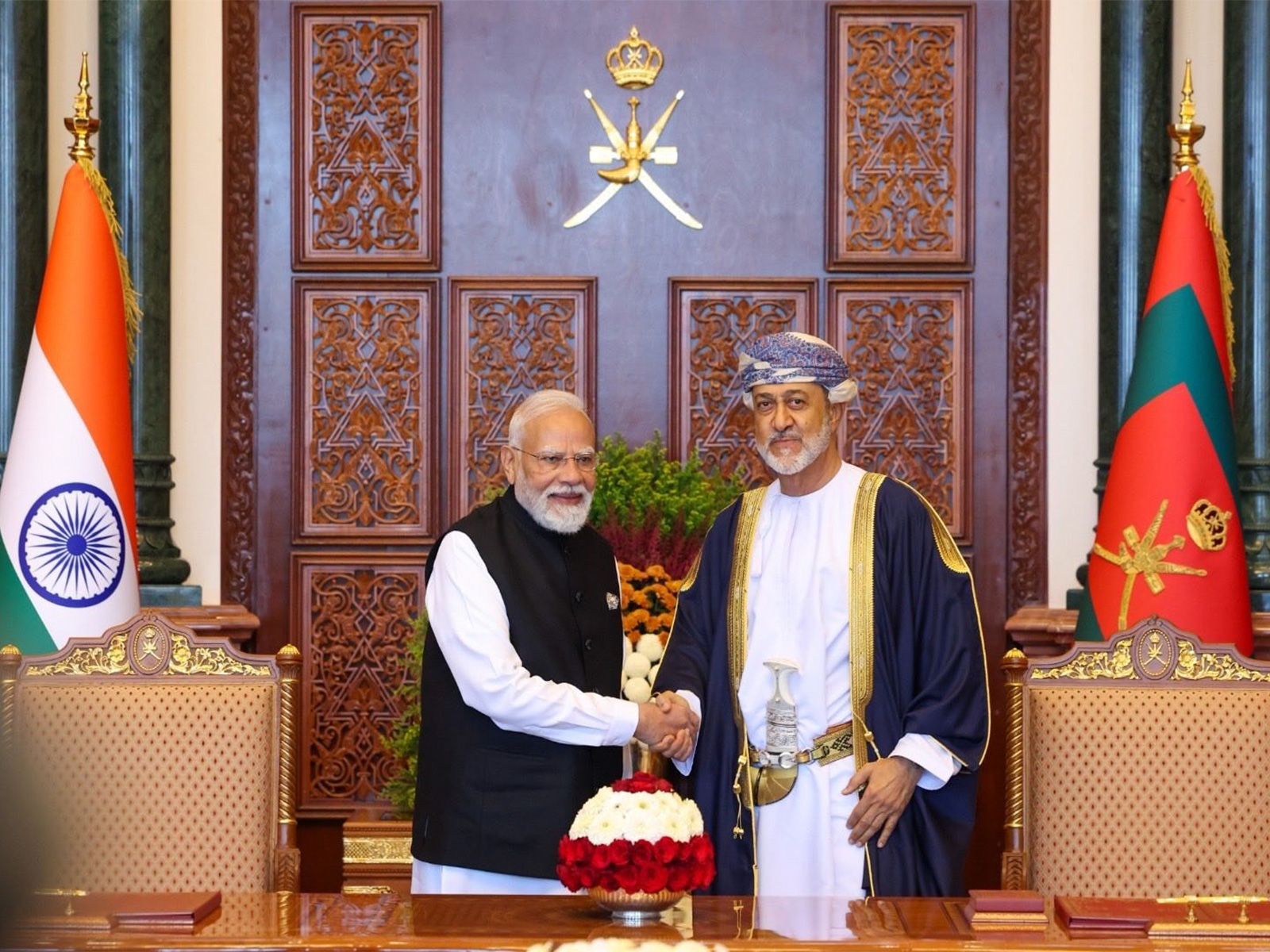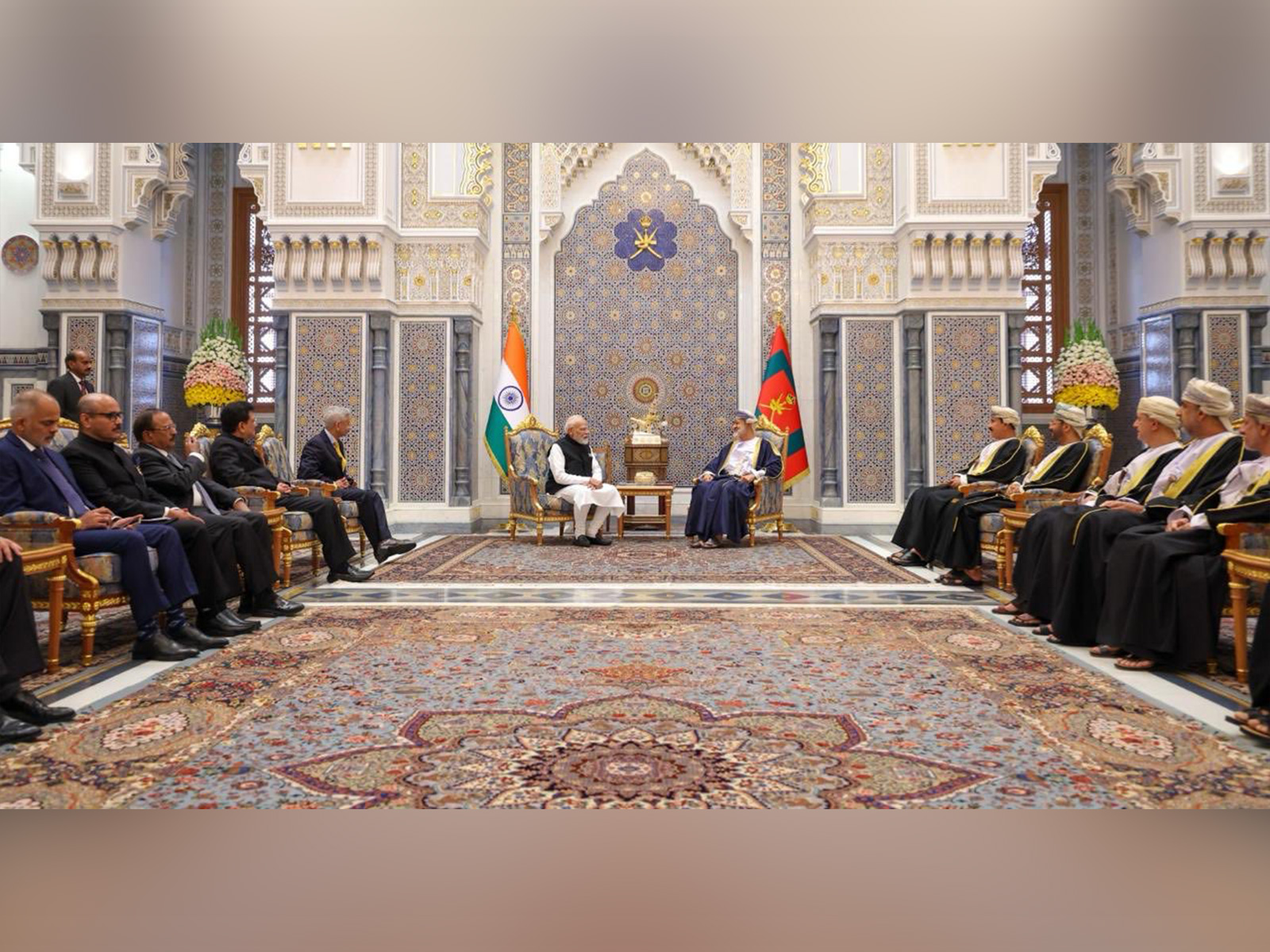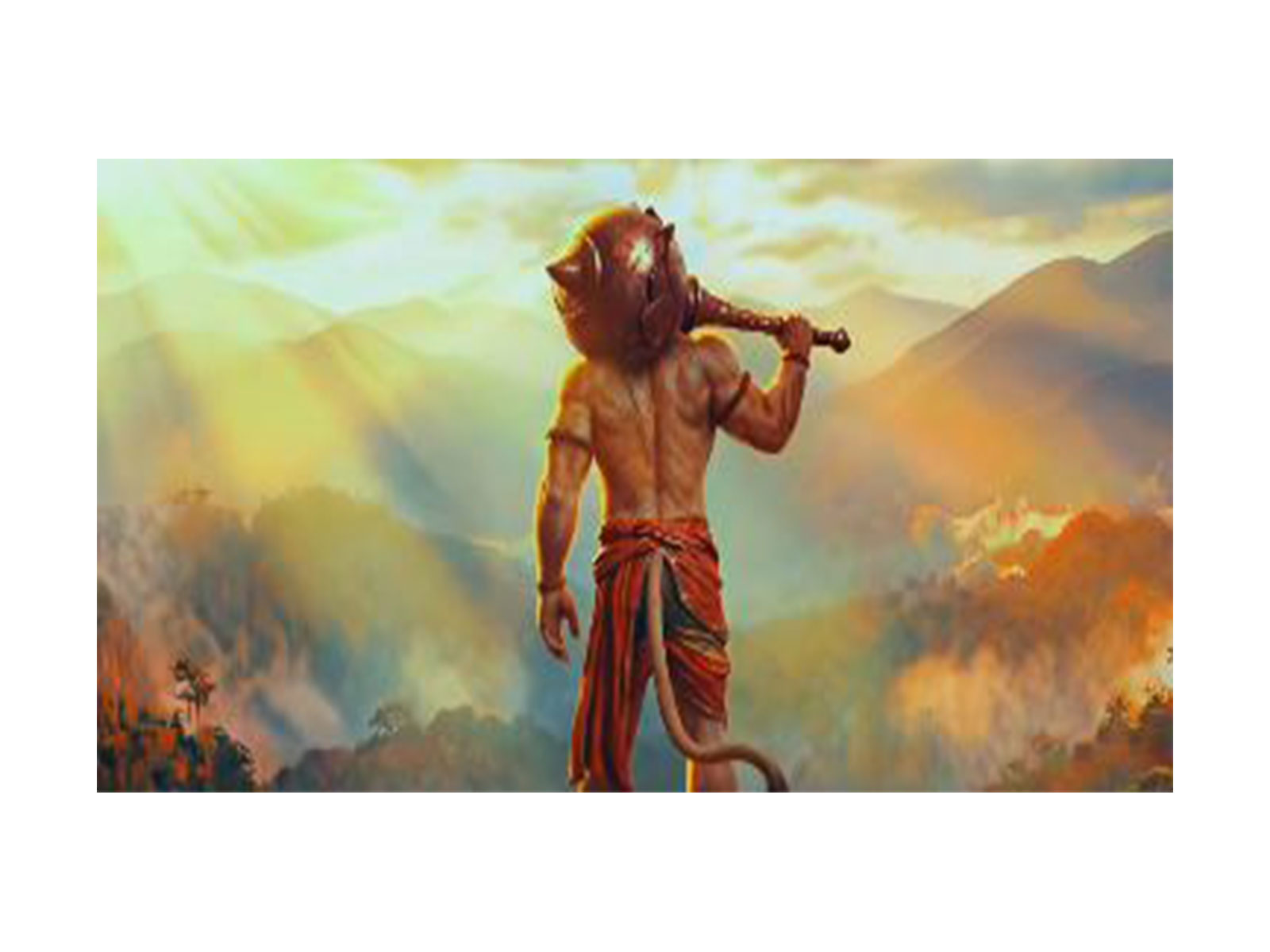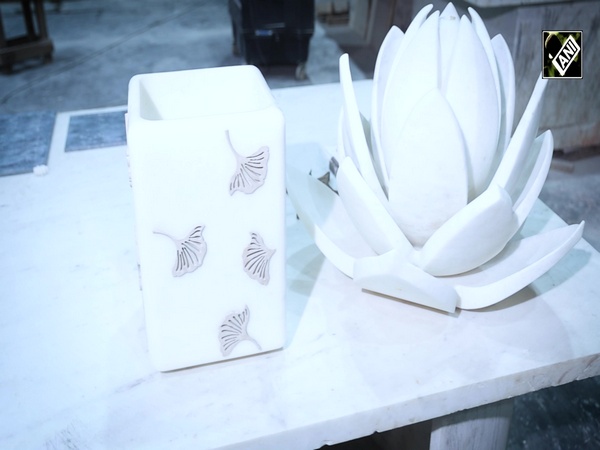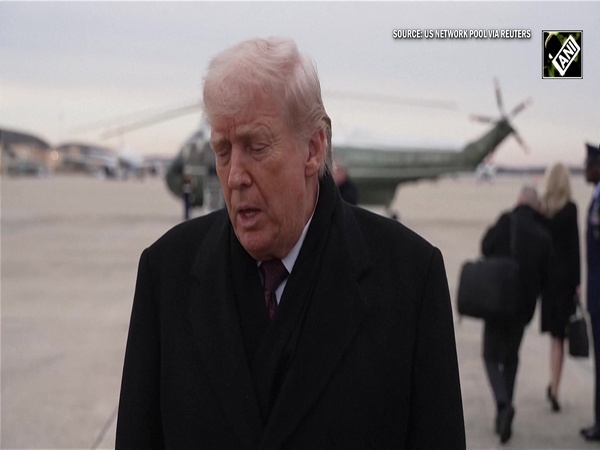Jerusalem burial cave reveals secrets of a Greek courtesan
Sep 27, 2023

Tel Aviv [Israel], September 27 (ANI/TPS): The burial cave of a Greek-era escort woman unearthed by archaeologists in Jerusalem provides tantalizing clues about the cosmopolitan influences that once permeated the ancient city.
The discovery was announced by the Israel Antiquities Authority on Wednesday.
The 2,300-year-old burial cave was discovered on a rocky slope near Kibbutz Ramat Racḥel in Jerusalem’s southern outskirts. Charred human bones found in the burial chamber were identified by Yossi Nagar of the Antiquities Authority as the bones of a woman.
The tomb dates back to the campaigns of Alexander the Great or the wars of his successors, the Antiquities Authority noted.
“The most stimulating question arising from this discovery was – what is the tomb of a Greek woman doing on the highway leading to Jerusalem, far from any site or settlement of the period? The tomb particularly intrigued us, also in light of the fact that the archaeological information regarding Jerusalem and its surroundings in the early Hellenistic period is very scarce”, said Tel Aviv University’s Guy Stiebel.
Based on other items found in the tomb: an expensive folding box mirror made of bronze and some bent nails, and from the fact that the burial site was not near any human settlement, the researchers concluded that the woman was an “escort” woman (hetaira in Greek) who accompanied senior military personnel or government officials.
“Bronze mirrors like the one that was found were considered an expensive luxury item, and they could come into the possession of Greek women in two ways; as part of their dowry ahead of a wedding, or as a gift given by men to their hetairai,” Stiebel explained. “As such, the mirrors symbolized, among other things, the connection – as well as the intimate relations between the clients and the hetairai.”
Hetaira who died while travelling were usually buried on the roadside, the Antiquities Authority added.
“The quality of the production of the mirror is so high that it was preserved in excellent condition, and it looked as if it was made yesterday,” said Liat Oz, who directed the excavation on behalf of the Antiquities Authority.
The results of the research, and the mirror itself, will be presented at an upcoming conference in October.
“This is an example of the combination of archaeology and research at its best,” said Eli Eskosido, director of the Antiquities Authority. “The study of a seemingly simple object leads us to a new understanding and a narrative that opens a window for us to a forgotten and vanished ancient world. These days, researchers are using more technologies to extract more information, and maybe we will be able to get to know that lady and her culture better.” (ANI/TPS)
